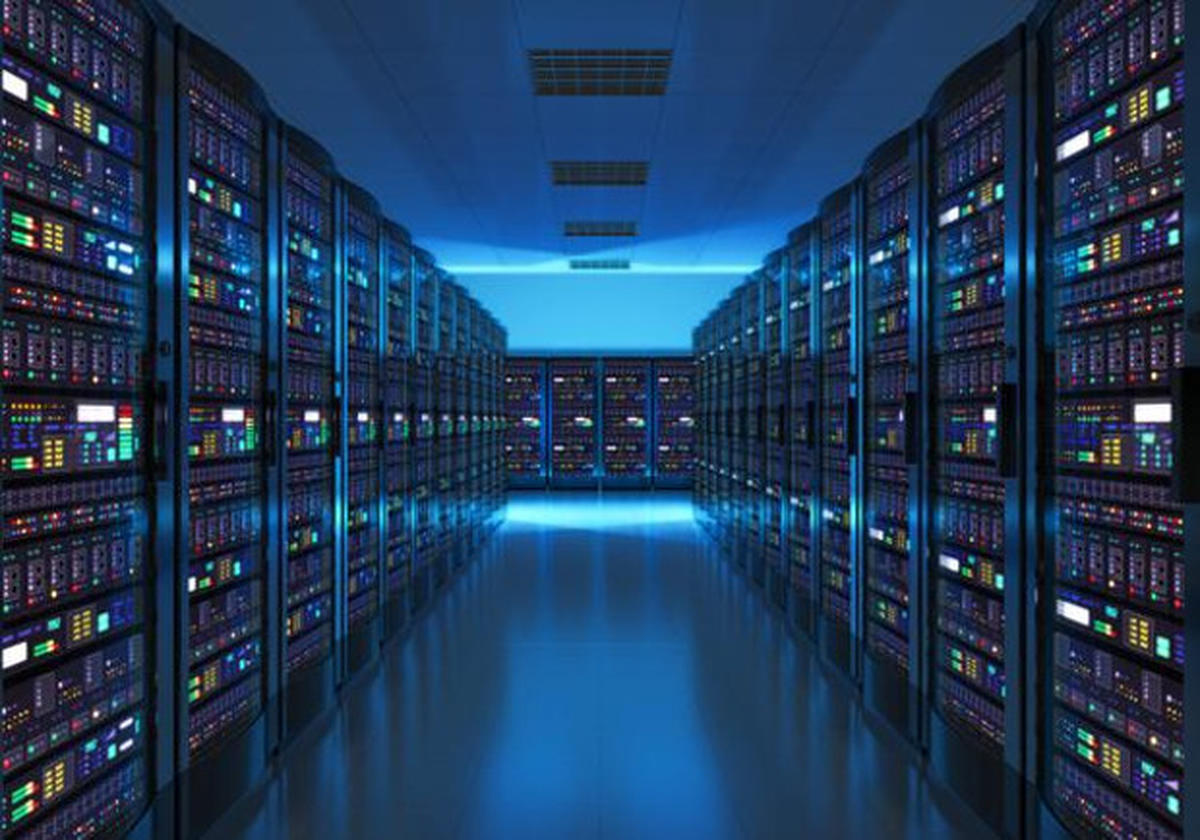If you are not a tech person, you have probably heard of mainframes only in movies. Remember Jurassic Park, where Dennis Nedry “hacks the mainframe” to sell dinosaur DNA to some criminals? So, what exactly is a mainframe?
According to IBM, a mainframe is a central repository of all data in an enterprise and it is linked with multiple users via workstations. Seems pretty archaic, doesn’t it? Not so much when you realize that these huge machines process data at super-fast speeds.
Many people believe that mainframes are on the way out. This is primarily because people are unaware of the role that these machines still play in our lives. Mainframes are indispensable when large data must be handled in real-time. Read on to learn more.

Mainframes And You
Your OTT streaming channel has likely got a mainframe at the back-end. Remember when you check your online store if your item is in stock?
Or, when the checkout person at the convenience store scans your items and prints out the receipt? It is all the mainframe working at the back-end. Every time you swipe your credit card, send or receive money, you are using a mainframe.
Can you do the same with servers? Yes, you can, but, with thousands of them working together. Do these servers work as well as a mainframe? In theory, yes, but in practice, not even close.
If Mainframes Are So Good, Why Don’t We Have More of Them?
A mainframe has a staggering processing speed and with vast storage, it gives modern servers a run for their money. Mainframes are sturdy, reliable, and durable. These can support thousands of virtual machines and multiple software applications.
In fact, a single mainframe can work as good as 85 servers, and even better, if the need arises. As the load increases, a regular server might slow down, but a mainframe maintains its peak performance at exactly 90% load.
Mainframes can support high volumes of data flow in real-time without any impact on its processing speed. This is referred to as throughput and is one of the main unique selling points (USPs) of mainframes. However, a mainframe may turn out to be simply too huge for smaller enterprises.
Also, these machines are quite expensive, which is a factor that impacts medium and large sized enterprises too. Smaller cloud-based servers, on the contrary, can fulfill the processing and storage needs of these enterprises, in addition to being cost-effective.
Is the Cloud Edging Out the Mainframe?

Mainframes offer pretty much the same features that the cloud does. With extremely fast processing speeds and large storage, these can be scaled up to take on a plethora of load. Also, maintaining a single mainframe is easier than keeping track of multiple on-premise servers.
So, should you move to cloud computing solutions? If the cloud is the best fit for you, sure. However, if you already own a mainframe, it offers pretty much the same benefits as a cloud platform. So, rest easy as you can save on time, money, and effort by sticking with your trusted mainframe.
Conclusion
A mainframe is scalable and secure. Besides the hacking attempts in the movies, you will not hear of a virus attacking a mainframe system. Today it would be best described as a style of operation, applications, and operating system facilities.
It has negligible downtime and is compatible with COBOL, C/C++, Java, Fortran, among others. Mainframes may be old, but they are still good as gold (if you can afford them) and they are not going anywhere anytime soon.







